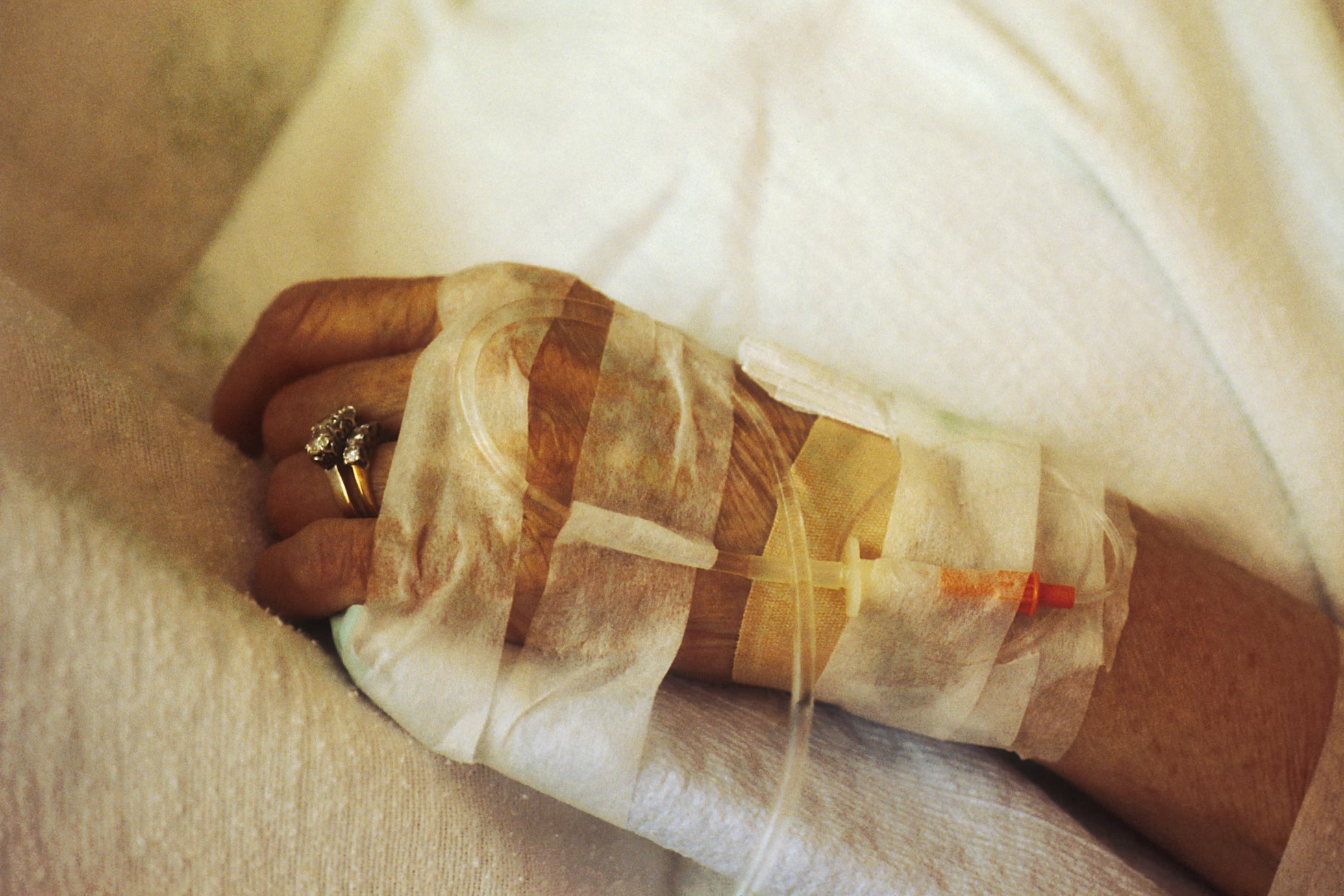
Port catheters, also known as implantable ports or port-a-caths, are devices surgically placed under the skin to facilitate easy access to veins. They are commonly used for patients who require frequent administration of medication, such as those undergoing chemotherapy.
While port catheters offer numerous benefits, including reduced need for repeated needle sticks and improved comfort during treatment, they are not without risks. Understanding these potential issues is crucial for patients and caregivers to make informed decisions and manage the device effectively.
In this article, we’ll discuss the various complications associated with port catheters. We will also offer a comprehensive overview to help patients and healthcare providers navigate the complexities of port catheter usage.
Infection Risks
Infections are a significant risk with port catheters due to the direct entry point they create into the bloodstream. Bacteria can enter during insertion or through the port during use, leading to local or systemic infections. Sage Journals notes that when it comes to port infection, Staphylococcus species is the most prevalent bacteria.
Symptoms of infection include redness, swelling, pain at the port site, and fever. Preventive measures include strict aseptic techniques during insertion, regular cleaning, and proper handling during medication administration to minimize bacterial entry.
Thrombosis and Blood Clots
Thrombosis, the formation of blood clots, is a common complication of port catheters. Blood clots can develop in the vein where the catheter is placed, leading to deep vein thrombosis (DVT) or pulmonary embolism (PE).
The Cleveland Clinic notes that symptoms include swelling, pain, and shortness of breath if a clot travels to the lungs. Preventive strategies include the use of anticoagulant medications and regular monitoring of the port site for signs of thrombosis.
Complications related to Defective Products
Legal issues often arise from severe complications associated with port catheters, such as infections or thrombosis. Lawsuits may claim medical malpractice or product liability, arguing that proper care standards were not met or that the device was faulty. Patients pursuing legal action should gather medical records and consult with lawyers specializing in medical malpractice.
High-profile cases are expected to result in settlements and improved medical practices, highlighting the importance of legal recourse in driving safety improvements. One notable case involves the Bard PowerPort, a specific brand of port catheter that has been the subject of numerous lawsuits.
Plaintiffs in these cases allege that the Bard PowerPort had design defects leading to a higher risk of infections and thrombosis. According to the Lawsuit Information Center, legal experts predict that settlements for Bard PowerPort lawsuits might range from $300,000 to $1 million.
The port catheter lawsuit claims that the manufacturer failed to adequately warn healthcare providers and patients about these potential risks. Legal actions also focus on allegations that Bard did not conduct sufficient testing before marketing the PowerPort, leading to preventable patient harm.
TorHoerman Law notes that in response to these lawsuits, there have been calls for increased transparency and more rigorous testing standards for medical devices. This can potentially lead to improved patient safety protocols and enhanced product designs in the future.
Mechanical Failures
Mechanical failures of port catheters include issues like catheter fractures, blockages, and dislodgements. A fractured catheter can release pieces into the bloodstream, necessitating surgical retrieval.
Blockages can impede medication delivery, while dislodgement may require repositioning or replacement of the port. Routine imaging and regular check-ups help detect mechanical failures early, allowing for timely intervention to prevent serious complications.
Skin and Tissue Reactions
Skin and tissue reactions at the port site can range from mild irritation to severe inflammation. These reactions can result from the surgical insertion, repeated use, or allergic responses to the port materials.
Symptoms include redness, itching, and discomfort, which may interfere with the port’s function. Managing these reactions involves using appropriate skin care products, keeping the port site clean, and monitoring for signs of severe allergic responses.
Read also: Unveiling the Truth: Honest Sono Bello Reviews from Real Patients
What happens if your port becomes infected?
If a port becomes infected, it can lead to serious complications such as bloodstream infections (sepsis) or localized infections. Prompt medical attention is crucial to treat the infection with antibiotics and potentially remove the port to prevent further complications.
What are the warning signs of deep vein thrombosis?
Warning signs of deep vein thrombosis (DVT) include swelling, pain, tenderness, and warmth in the affected limb, often the leg. If you experience these symptoms, especially if they appear suddenly, seek medical attention promptly to prevent potential complications like pulmonary embolism
What is the lawsuit for the implanted port catheter?
Lawsuits against the Bard PowerPort allege design defects lead to higher risks of infections and thrombosis. Plaintiffs claim inadequate warnings and insufficient testing, seeking compensation for medical expenses, pain, and suffering due to preventable harm.
In summary, port catheters are vital tools in modern medical care, yet they entail significant risks such as infections, thrombosis, and mechanical failures. Legal actions against specific devices emphasize the necessity for stringent safety standards and transparent communication within the healthcare industry.
Vigilant monitoring, prompt intervention, and enhanced collaboration between patients, healthcare providers, and manufacturers are essential in mitigating these risks and ensuring patient safety. By prioritizing patient well-being, we can optimize the benefits of port catheters while minimizing the potential for complications.





